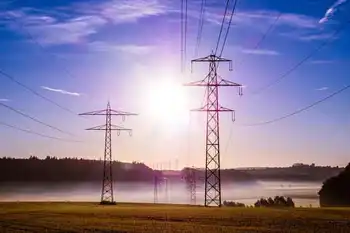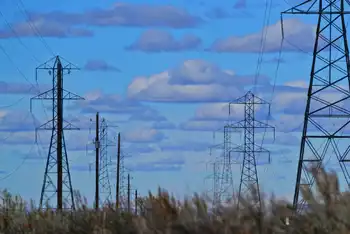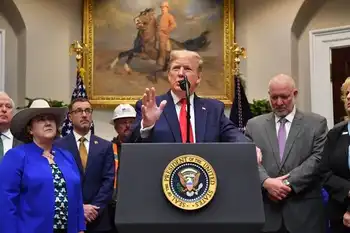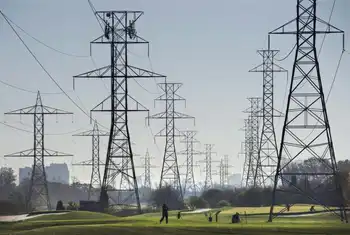Museum features Kansas town that went green
By Associated Press
CSA Z462 Arc Flash Training
Our customized live online or in‑person group training can be delivered to your staff at your location.

- Live Online
- 6 hours Instructor-led
- Group Training Available
Along with Masdar City, a planned car-free community outside Abu Dhabi in the United Arab Emirates, and other developments, the rural Kansas town offers vivid examples of sustainable living in "Green Community," a new exhibit at the National Building Museum. The exhibit opened Thursday and will run for a year.
"They are really making a wonderful opportunity out of an absolute tragedy," curator and architect Susan Piedmont-Palladino said of Greensburg. "Masdar and Greensburg do make a really good pair because they're both looking at the whole package of green technologies — from very old ways of doing things to high-tech ways."
Where windmills once dotted the Kansas landscape, Greensburg plans to embrace them again to harvest enough wind energy to power the town of about 700, which had twice as many residents before the tornado.
Greensburg gets only 22 inches of rain a year, so street runoff and rainwater that hits buildings will be collected and used to irrigate plants, part of a master plan that "treats each drop of water as a precious resource," said Stephen Hardy, a city planner with the architectural firm BNIM, which is helping with the effort.
And the town has resolved to build public buildings — from city hall to the hospital and school — that meet the most stringent standards for efficient design. Even the John Deere dealership is pursuing certification from the U.S. Green Building Council and plans to sell wind turbines for homes and businesses.
"Any time you're trying to rebuild a town, there are huge economic hurdles," Hardy said. "The fundamental shift in their thinking is they don't want to build a building they'll be paying for for 20 years. They want a building that will be paying them back."
The Building Museum exhibit breaks some traditional rules by using no precious artifacts and few physical objects to tell the story of green communities. It doesn't feature pieces from a tornado-damaged home, for example.
Instead, it uses satellite photos, community snapshots, short documentaries and interactive displays on the myriad ways people can make their hometowns greener.
The center of the space is like walking through a huge bar graph. Giant, transparent columns are filled with shredded tires or plastic bottles — materials otherwise headed to the dump. Marked on the columns are raw statistics on recycling or mass-transit use among various cities.
The numbers show Houston has the lowest recycling rate, with just 2.6 percent of the city's trash being salvaged, while San Francisco, which has an organic composting program for food scraps, topped the chart at 70 percent.
"None of these issues are brand new," Piedmont-Palladino said. "Ever since the Roman senate passed a law requiring water to be stored for dry periods, it sort of reminds us that ... it's been the key to successful living forever. We have just forgotten."
More than a dozen communities are noted in the exhibit, and they offer a mosaic of green initiatives worldwide, Piedmont-Palladino said.
"There's no single way to go green," she said.
Atlanta, for example, is featured for its redevelopment of an old steel mill site in the walkable Atlantic Station development.
This is the Building Museum's third in a series of green-themed exhibits, which have drawn record numbers of visitors despite the museum's not being on the usual Washington tourism route. The last exhibit, "The Green House," drew more than 130,000, including first lady Laura Bush, museum spokeswoman Jasmine Zick said.
Having small towns and big cities embrace environmentally friendly architecture and technologies will help change people's minds about how realistic environmental building can be, Piedmont-Palladino said.
In Greensburg, the vision to go green has helped maintain an optimism that the town can indeed rebound from all it has lost.
"Ninety percent of the town was just gone overnight, and yet the social fabric was intact even without the buildings," Hardy said. "That has driven them in a way that's unlike any community I've worked with."











